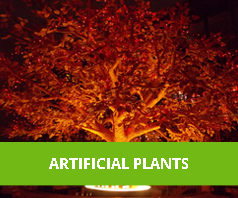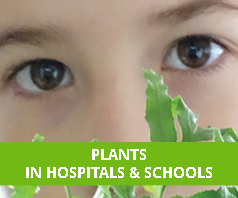
We have evolved but we haven’t learnt to care for our environment it would seem. There is much concern about climate change, CO2 emissions and energy resources around the globe.
We have also been dismissive of our natural allies, plants.
Research however continues to show us how short-sighted this is. We know that plants clean the air reducing pollution both inside and outside but it has taken a while for evidence to convince opinion formers and those in authority.
Reports tells us (The Guardian 12 July 2013) that pollution kills. In fact as many as 2 million deaths globally can be directly linked to this cause. Thankfully there is more recognition for the use of green roofs and walls to help with some of these conditions.
Green roofs
In July 2012 NASA published a document confirming the benefits of green roofs. NASA has been working with NYC for over 10 years studying the use of green roofs. Their benefits are many from both a functional and a social perspective. Of course they work well aesthetically too.
In the last 10 years green roofs have sprung up all around the world, particularly in cities and urban sprawls where green space is compromised. Now roofs are even being used as farm space to produce crops and as new homes for bees.
Some of the benefits that NASA has found directly related to green roofs include:
- Thermal insulation offering reduced building energy costs
- Urban heat island migration
- Storm water run-off retention
- Increased roof service life
- Sound insulation
- Biodiversity and ecosystem restoration potential
- Increased property amenity
- Some of the social benefits include
- Added opportunities for us to interact with nature – the whole Biophilia argument
- Sense of psychological well-being for city residents
- Improved aesthetic quality of life
- Promoting social interaction where access is available
- Connection with neighbours on community roofs
You can look at the NASA document for more information.
Green walls
Studying at Delft University of Technology,
Ottelé’s research looked at whether plants on exterior walls absorb fine dust particles. The research is important as dust particles collect on surfaces including leaf surfaces. In densely populated areas this can be a problem as dust particles smaller than 10 micrometres can be inhaled deeply and cause us problems.
Using modern technology – image manipulating software and recordings using an electron microscope - Ottelé was able to identify the both the size and the number of particles present on a surface.Ottelé’s research found that living walls in particular were able to absorb fine dust and also reduce ambient wind speed as well as positively affecting the insulating properties of buildings. Green living walls are here to stay now with more than just an aesthetic appeal. This is not so surprising considering all the research that has been done in the past on indoor planting and also Prof Virginia Lohr’s research on trees and dust particles.The synopsis of Ottelé’s paper (June 2011) appears in Science Daily.
This research supports the recently published research out of Lancaster University showing that Green Walls can reduce Nitrogen Dioxide by 40% and PM (Particulate Matter) by 60%. Read more here.
Green walls create noise barriers
Spanish and EU research
A new study carried out in Spain with EU funding has found that an added benefit of green walls on the exterior of buildings is that they create noise barriers for inside the building. A modular green wall structure can reduce interior noise by 15 decibels so the research finds that this could definitely improve the quality of life and work for urban sites. You can read the report here and here.
More research about green walls from Australia
Green walls, especially with 'active ventilation', can remove 80% of CO2 and VOCS in an hour. This is based on a 10 sq m green wall in a 100 sq m office with a 2.6m high ceiling and 10 occupants. The Research was carried out by Dr Fraser Torpy and his team at the University of Technology Sydney (UTS). You can read the full paper here.









